Finland is best known for its lush forests, snowy winters, and alluring northern lights. While these natural wonders are reason enough to visit, the country also hides remarkable treasures recognised by UNESCO for their Outstanding Universal Value. With seven World Heritage Sites spanning both cultural and natural heritage, from ancient burial cairns to scientific landmarks, Finland offers a fascinating glimpse into its past and present beyond the landscapes.
Here’s a complete guide to all of Finland’s UNESCO listed sites:
1. Fortress of Suomenlinna (1991)
Just a short ferry ride from Helsinki’s Market Square lies Suomenlinna, a sea fortress spread across six islands. Built in the mid-18th century by Sweden, it was designed to protect against Russian expansion. Over the centuries, it passed from Swedish to Russian to Finnish rule, making it a true witness to Nordic history.
Today, Suomenlinna is not just a monument but a living neighbourhood, home to around 800 residents. You can wander through cobbled streets, visit museums, or enjoy a picnic by the sea while ships glide past.
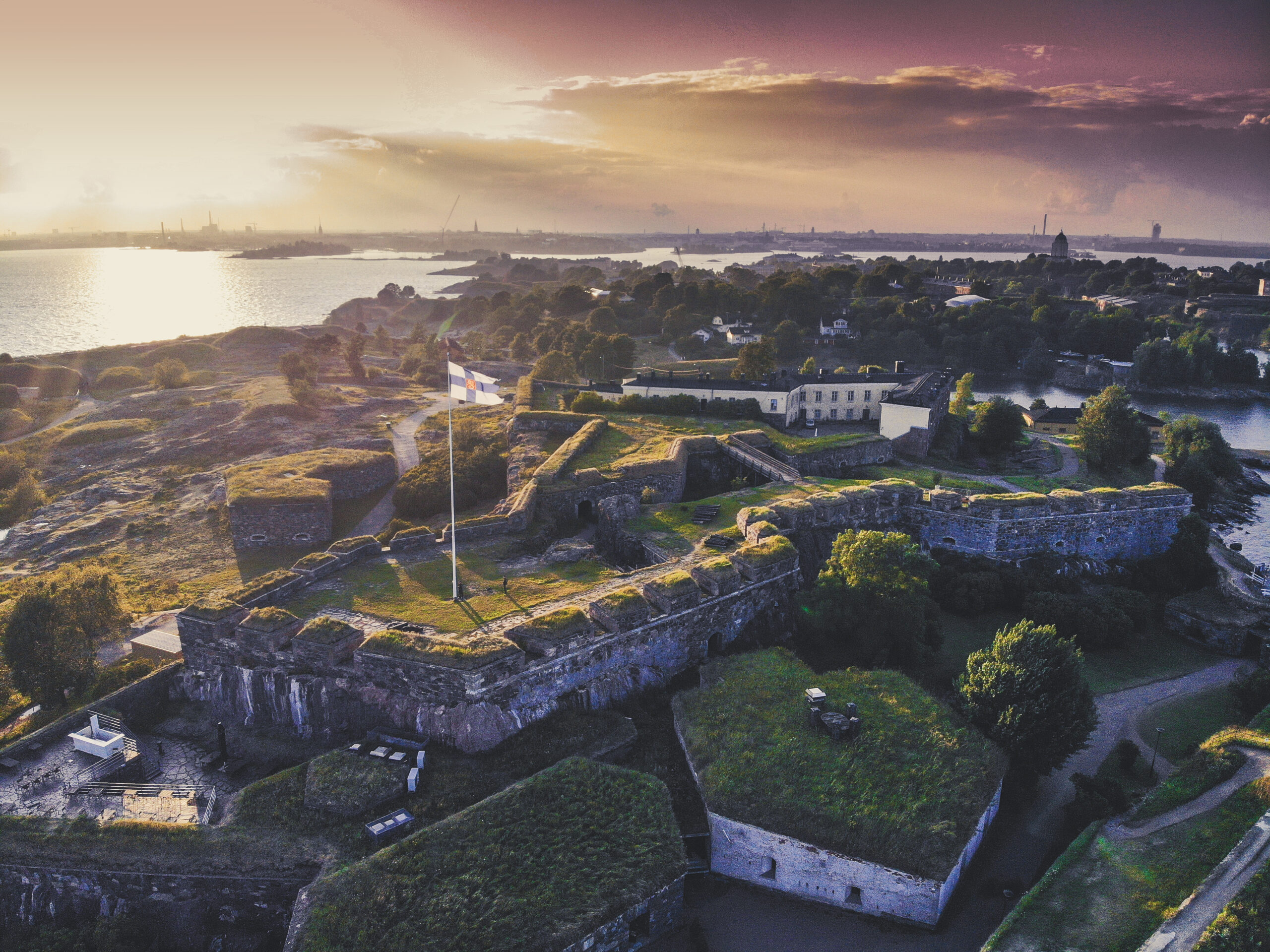
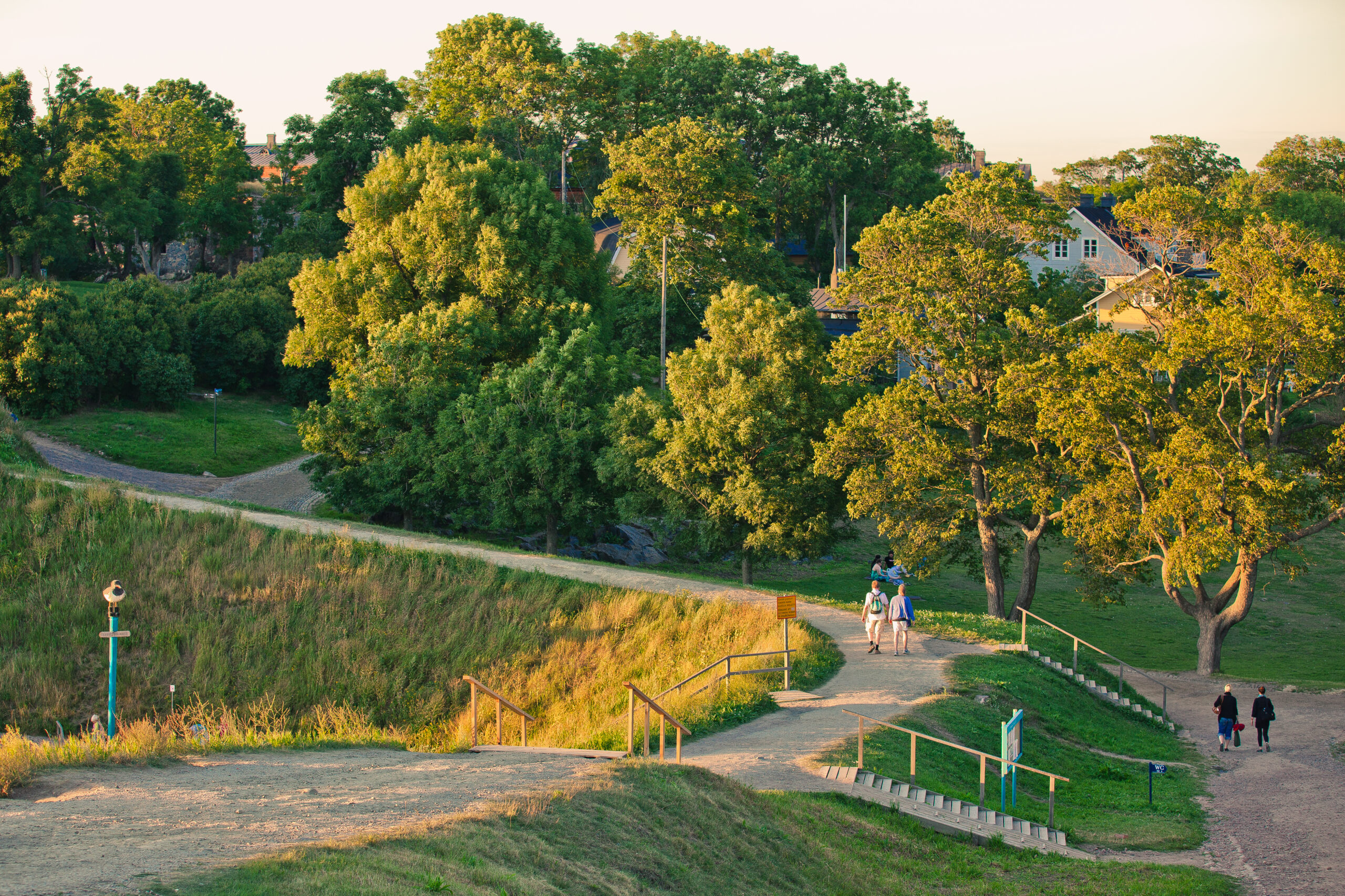
2. Old Rauma (1991)
Located on the Gulf of Bothnia, Old Rauma is one of the best-preserved examples of northern European architecture with colourful 18th and 19th century houses wooden houses. When stepping into Old Rauma you’ll feel as though you’ve travelled back a few centuries! Today, around 600 people still live here, making it a vibrant mix of history and modern-day life.
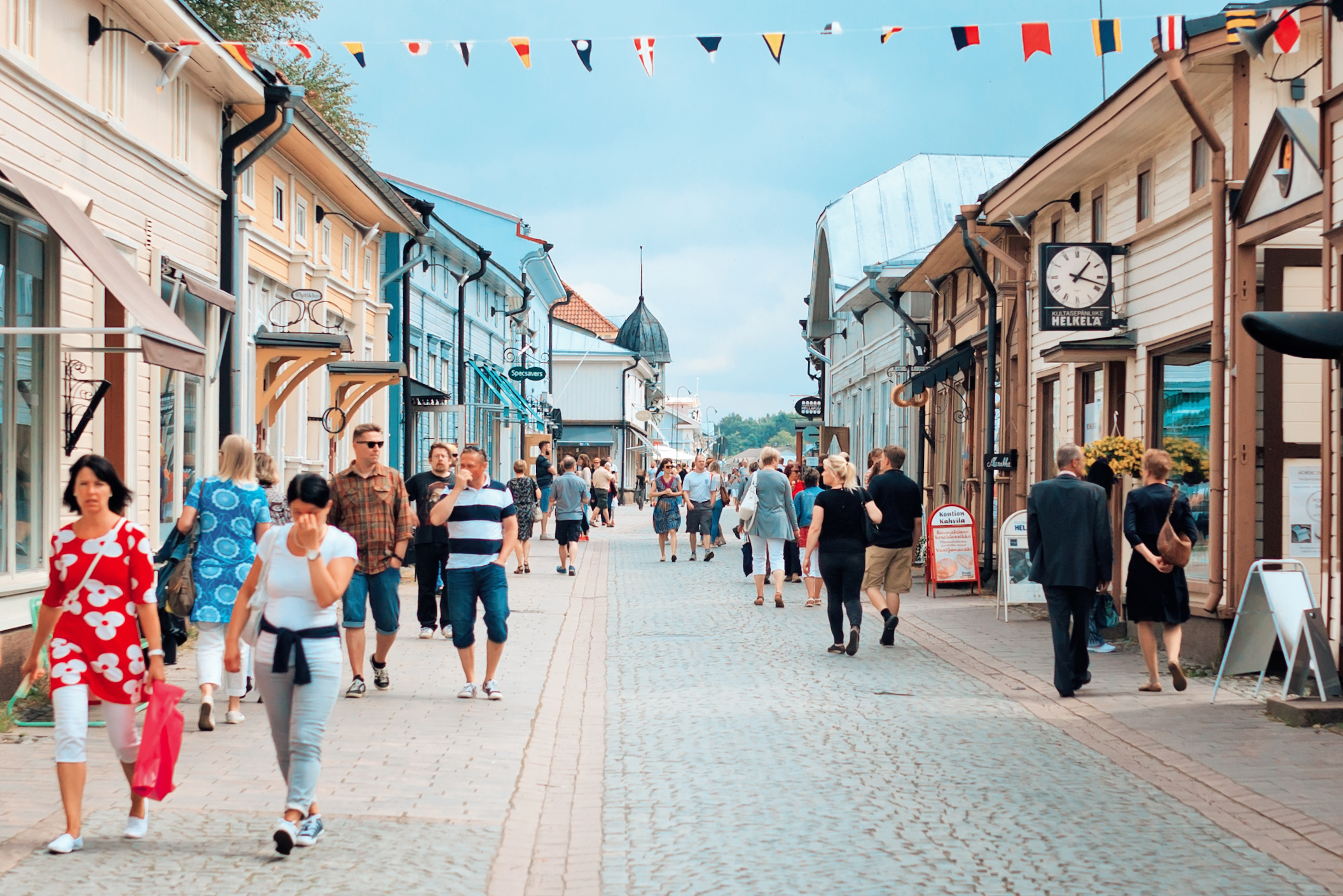
3. Petäjävesi Old Church (1994)
Located in the Finnish countryside near Jyväskylä, Petäjävesi Old Church is an outstanding example of architecture typical to Eastern Scandinavia. Built of logs between 1763 and 1765, it combines local woodworking skills applied by the local peasant population and European architectural trends.
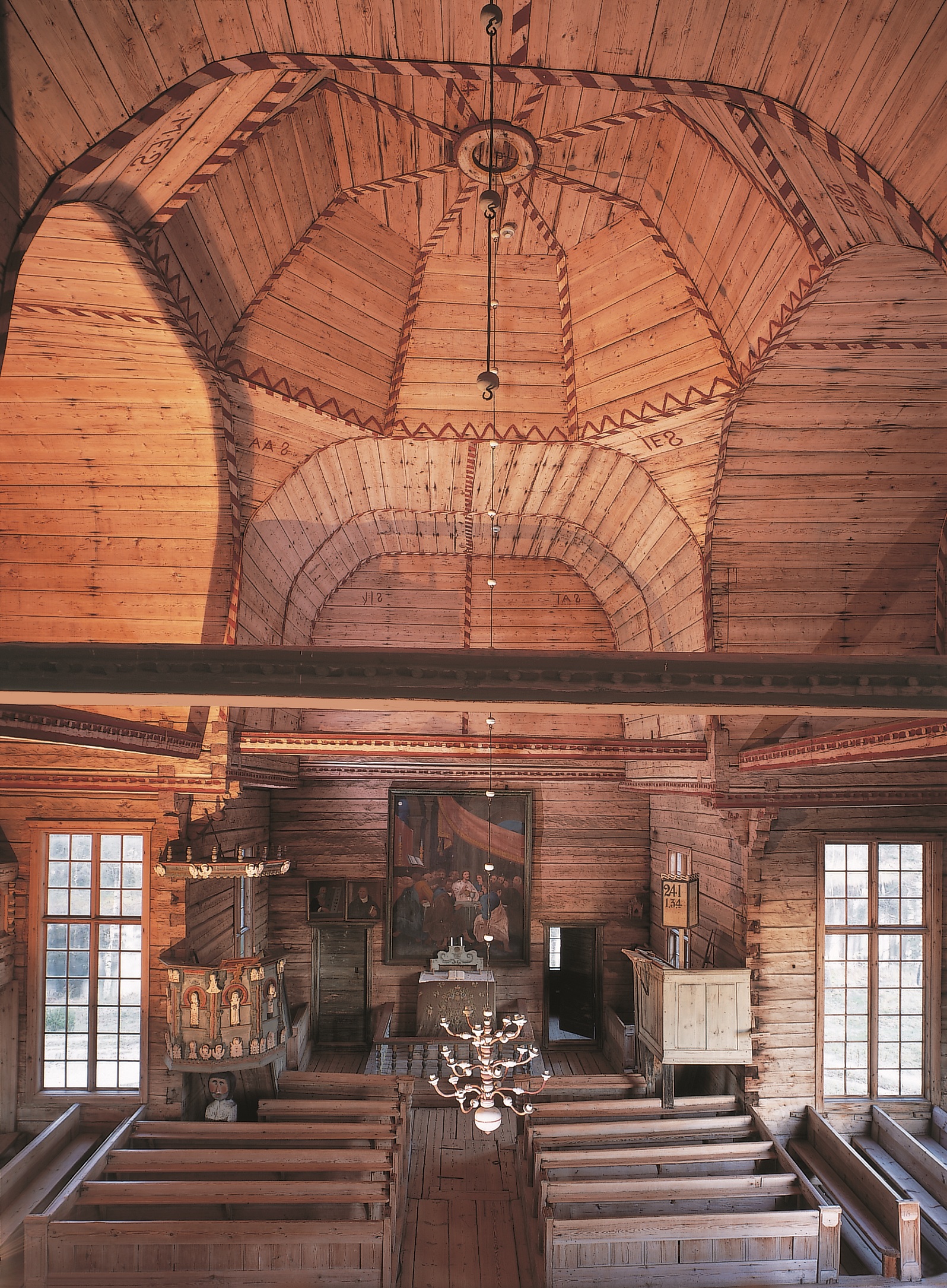
4. Verla Groundwood and Board Mill (1996)
Finland’s industrial history comes to life at the Verla Groundwood and Board Mill, an amazingly well-preserved 19th century groundwood and board mill. Once a bustling centre of paper production, the site now offers guided tours that walk you through the factory floors, machinery, and workers’ homes.
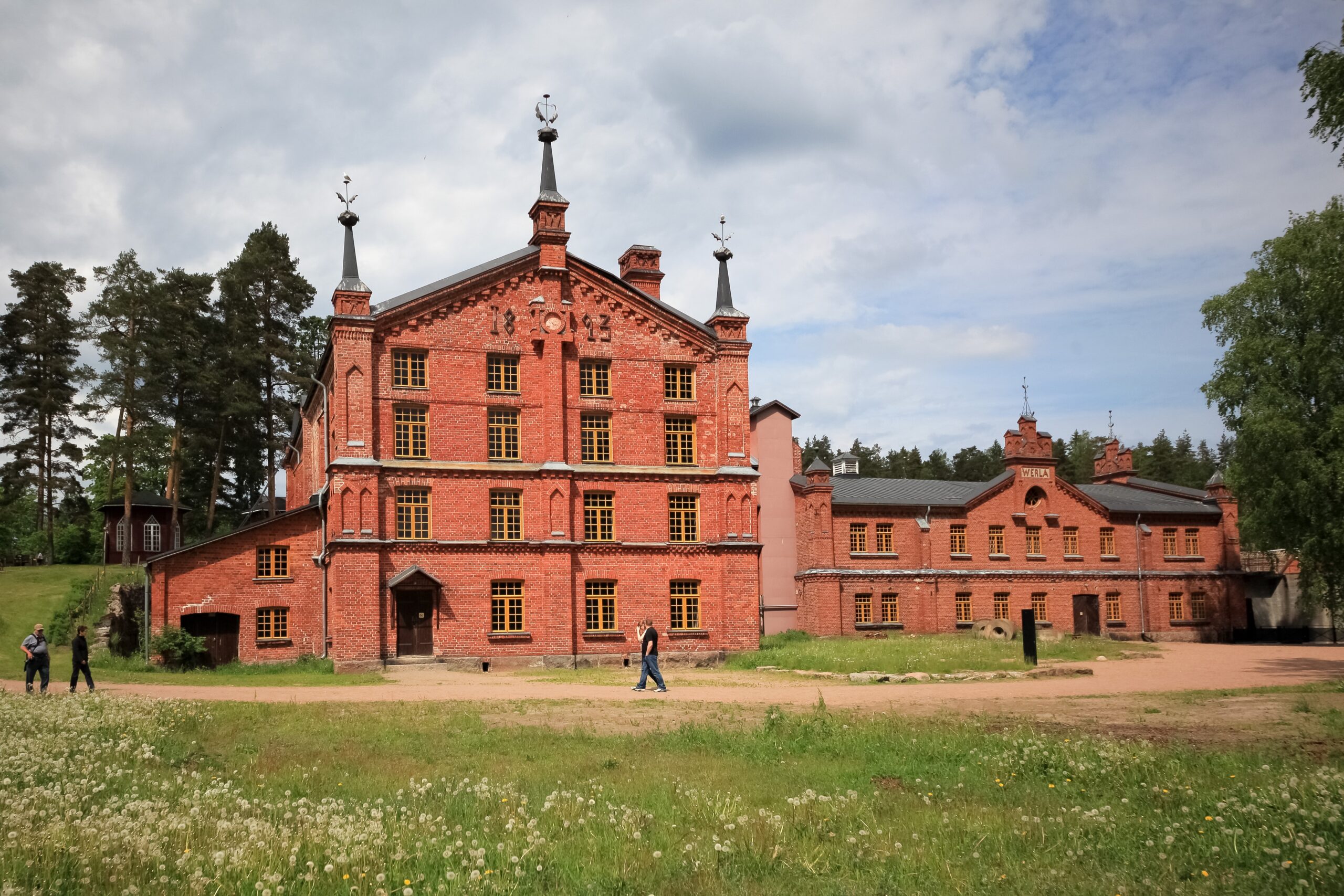
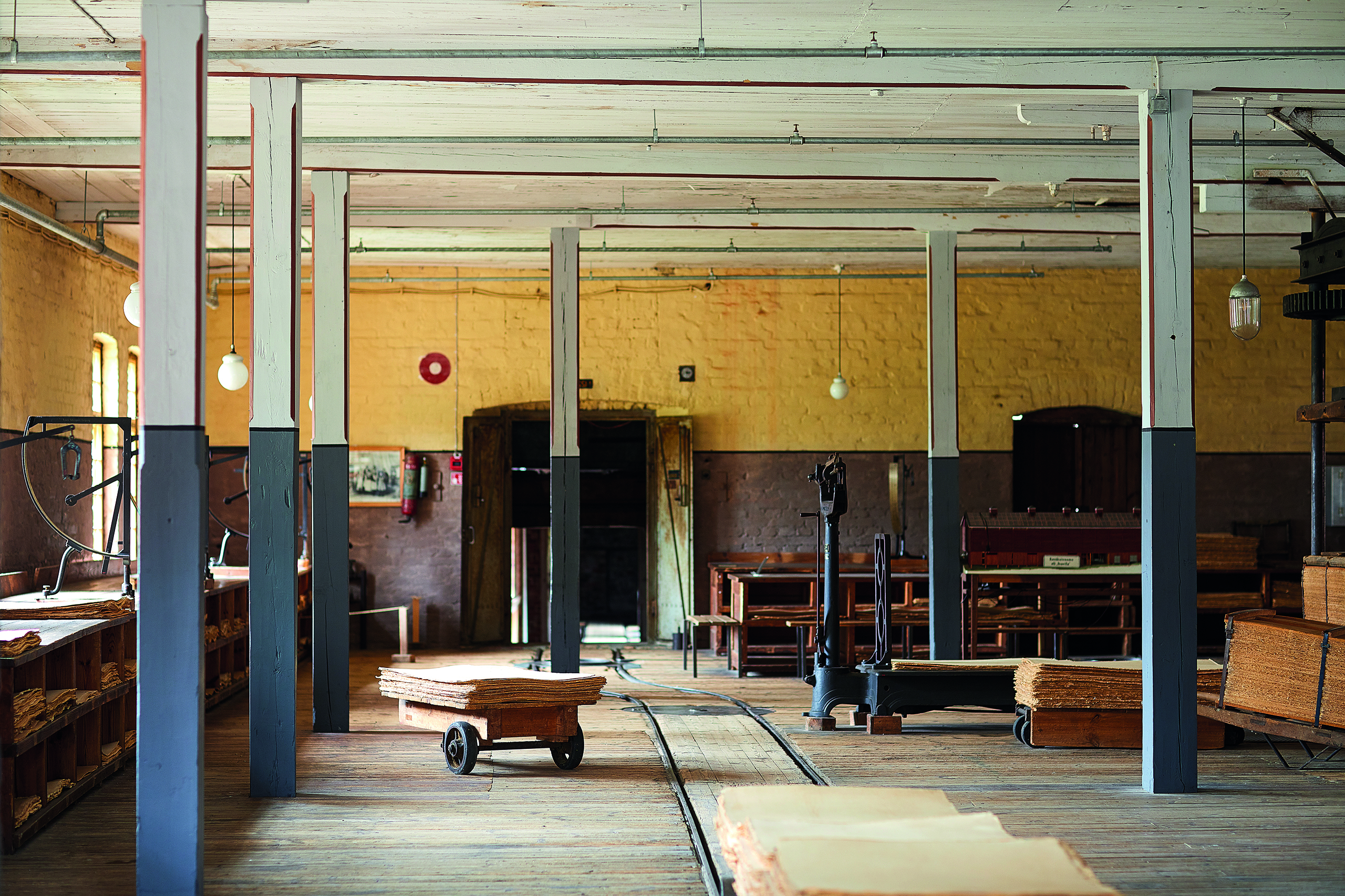
5. Bronze Age Burial Site of Sammallahdenmäki (1999)
Located near Rauma, Sammallahdenmäki may just look like a collection of stone mounds scattered across a hillside at first glance. But these cairns date back over 3,000 years to the Bronze Age, making them one of Finland’s oldest archaeological treasures. They provide an insight into the ancient communities and their rituals.
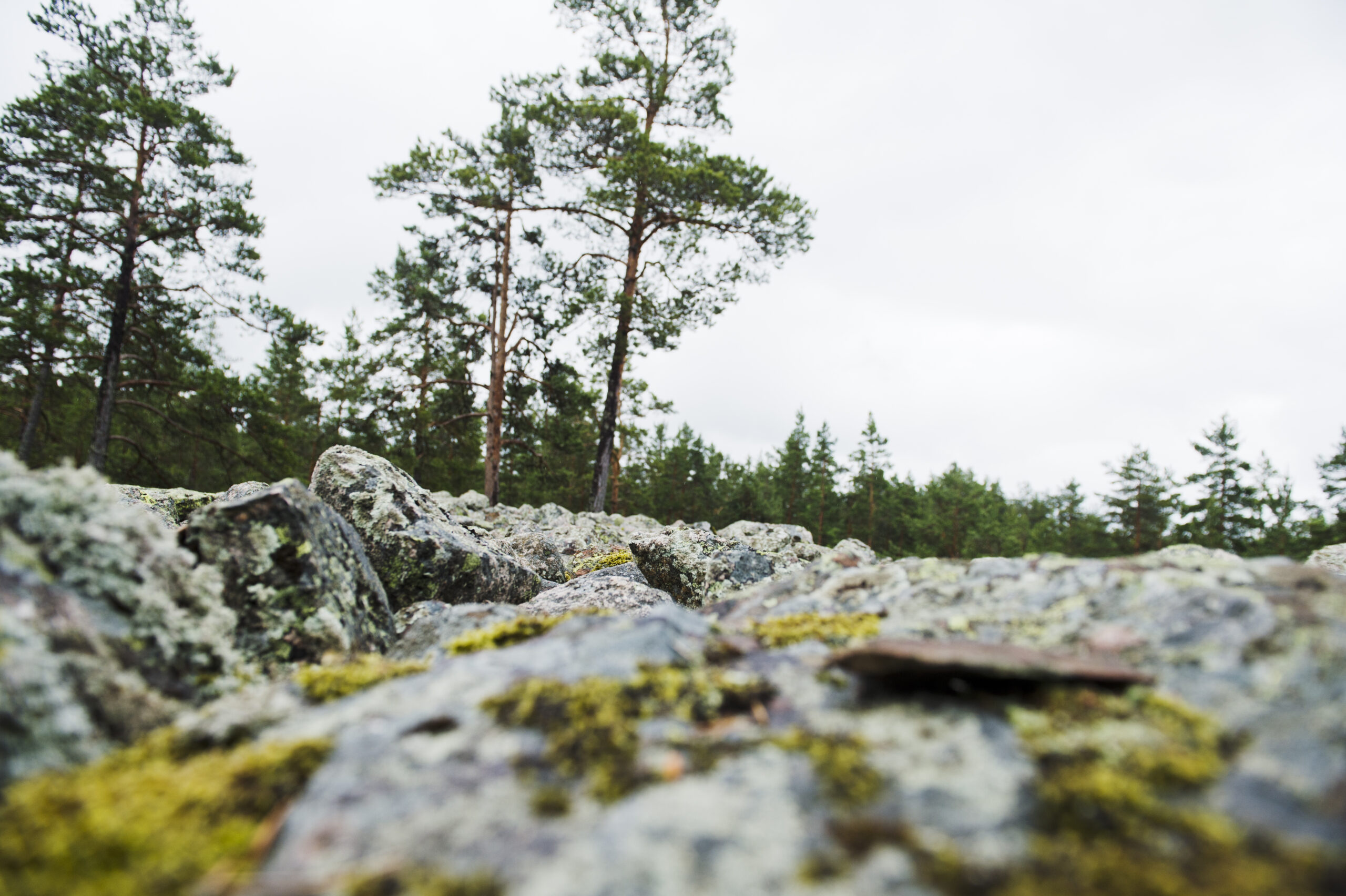
6. High Coast / Kvarken Archipelago (2006)
Shared between Sweden and Finland, this UNESCO site is an example of a constantly changing landscape. On the Finnish side, the Kvarken Archipelago is shaped by the last Ice Age. As the massive glaciers retreated, the land began to rise, and it still does, at almost one centimetre per year. The result is a fascinating seascape of thousands of islands, shallow bays, and unusual moraine ridges known as “De Geer moraines.” This is the only natural UNESCO site in Finland.
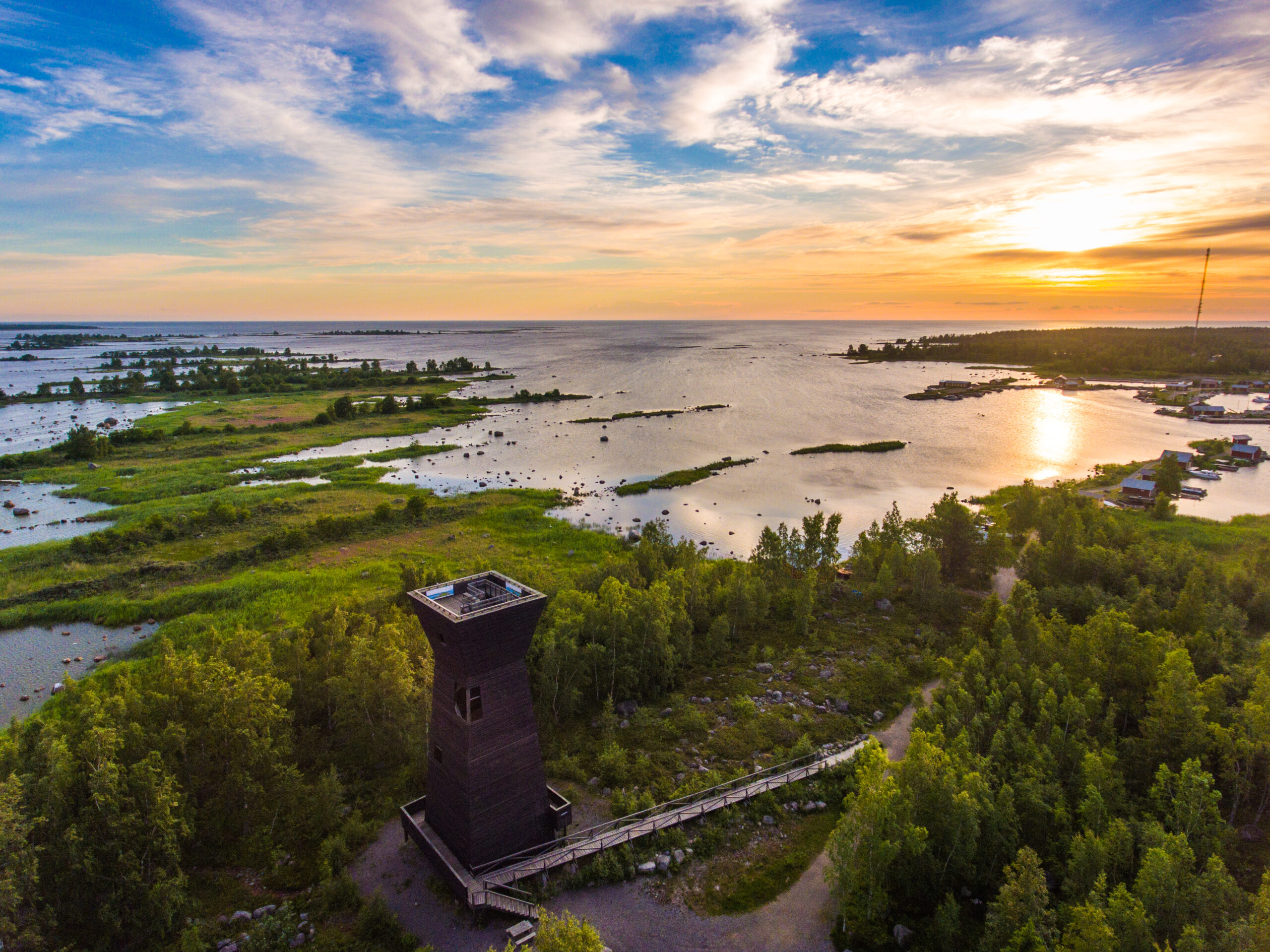
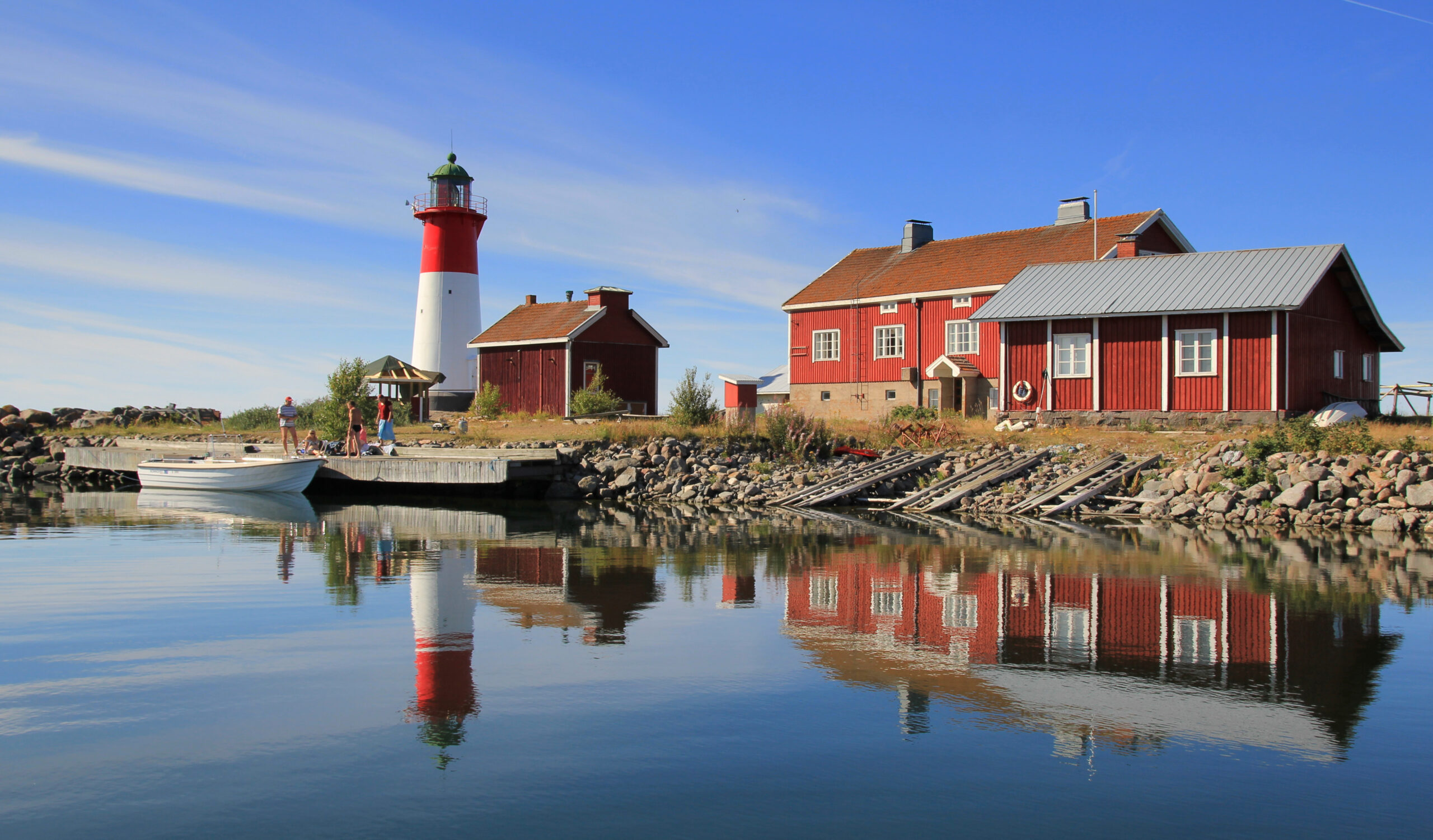
7. Struve Geodetic Arc (2005)
Stretching from Norway to the Black Sea, the Struve Geodetic Arc is a chain of survey points established in the 19th century to determine the exact size and shape of the Earth. Out of hundreds of original points, 34 are UNESCO protected, and six of them are in Finland.
Planning your trip?
Many of Finland’s UNESCO sites are located near bigger cities making them ideal cultural detours on a self-drive holiday. Start your journey in Helsinki with Suomenlinna, then continue north and west to explore Old Rauma, Sammallahdenmäki, Petäjävesi Old Church, and the Verla Mill. Head further north to explore the Struve Geodetic Arc in Lapland and the natural wonder of the Kvarken Archipelago.
By Laura Baylis
Baltic Travel Company (all rights reserved)
This entry was posted on Friday, August 22nd, 2025 at 3:03 pm; on the subject of Finland, UNESCO.